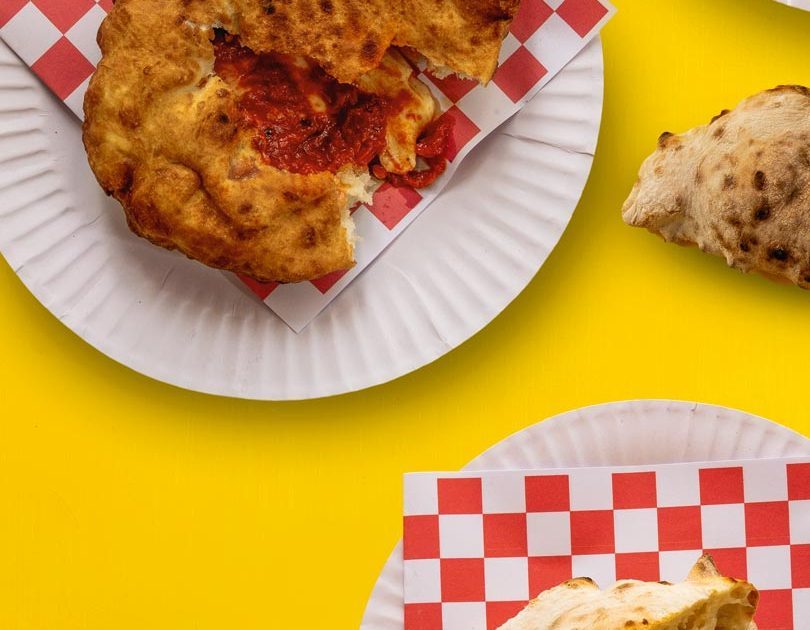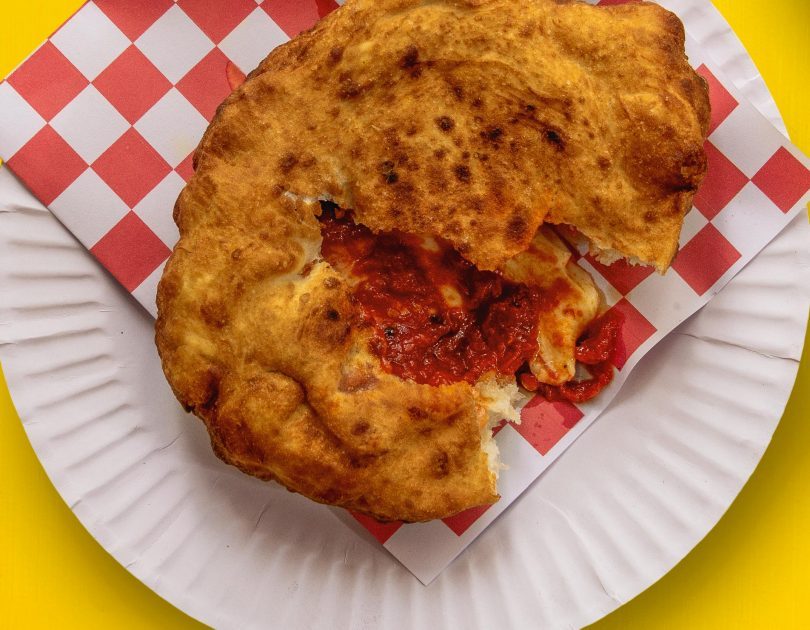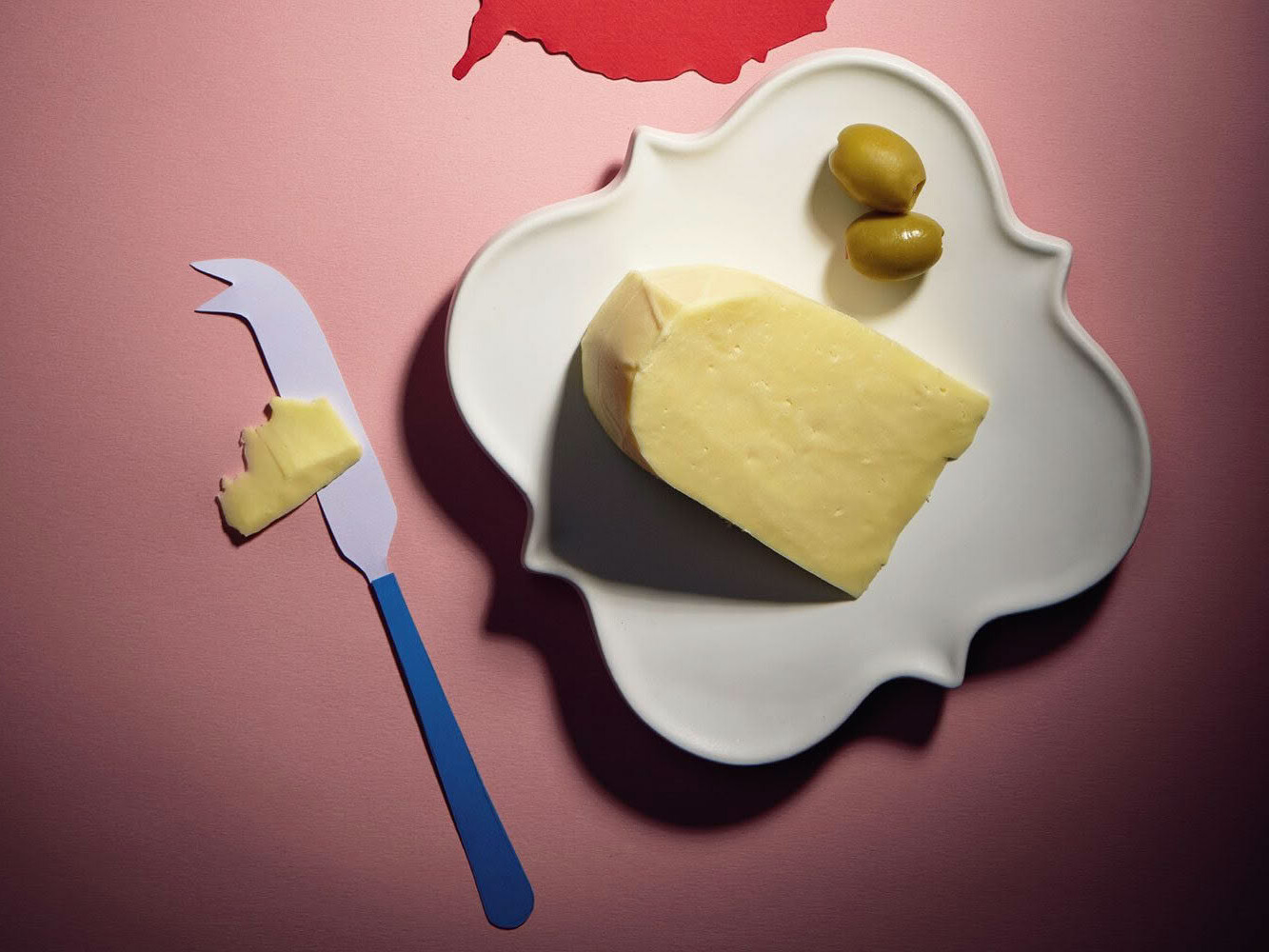WILL BOWMAN & JANE LYONS’ SOURDOUGH BASES ADD A WHOLE NEW FLAVOUR DIMENSION TO PIZZA NIGHT.
FERMENTATION CAN BE A SCARY endeavour, particularly when allowing wild yeast and bacteria to do the job that a commercial product can do very reliably, but not nearly as well (don’t get us wrong, we always have dried active yeast on the fridge shelf for when a loaf of focaccia or some flatbreads need to be whipped up in a flash), but being bitten by the sourdough bug will provide you with a huge amount of satisfaction, not to mention incredible bread.
This is by no means an exhaustive guide to the process, however it will provide a framework from which you will be able to work. There are some outstanding resources around that delve more deeply into the process, which we would highly recommend seeking out. Tartine Bread by Chad Robertson was a very helpful book for us. Additionally, an online search will provide ample information about each step of the process. One such step, which we haven’t included here, is the creation and maintenance of a starter culture – instead we’re assigning it as a homework task.
In saying this, once you understand the basics, the best way to learn and improve is to make as many doughs as you can while paying close attention to how it develops in taste, texture and smell. Small differences in ambient temperature, humidity, flour type and its protein percentage, as well as the quality of water you’re using can have reasonably significant effects on your dough, so the more attentive you become to how these external factors alter the dough’s structure and progress through fermentation, the better you’ll become at tweaking quantities and timings accordingly.
Now that you’re sufficiently frightened about what lies ahead, it feels pertinent to add that the beauty of pizzas, or any other flatbread for that matter, is that a not-so-perfect batch of dough can still result in a delicious final product. If you are wondering whether all of the effort is worth it, our answer is a very big yes. The complex flavour, strong but tender structure, as well as the flour itself being rendered more easily digestible through fermentation, all contribute to a unique and delicious eating experience.
SEE MORE FROM CUISINE
Cuisine Cheese Watch / Farmer’s Fresh / Mahoe Cheese
Farmer's fresh from Mahoe Cheese is a simple unaged peasant-style…











